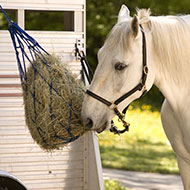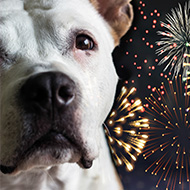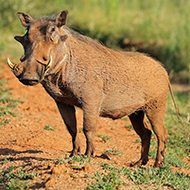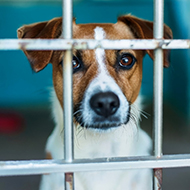It highlights additional measures for dogs with extreme conformations.
A new analysis has detailed the legal responsibilities of dog owners and carers under the Animal Welfare Act 2006 and equivalent legislations.
The study, conducted by the Legal Advisory Group on Extreme Conformation in Dogs (LAGECDogs), comes amid an increasing risk of heat-related illnesses in UK dogs.
The analysis is believed to be the first of its kind to detail the legal responsibilities of dog owners and carers to protect dogs from heat-related illnesses. It was informed by research from the Royal Veterinary College’s VetCompass programme.
It suggests that the rise in heat-related illnesses is partially related to climate change, but can also be attributed to the demand for dogs with thick coats or extreme conformations.
Researchers observed that 70 per cent of heat-related illnesses were caused by owners exercising their dogs in the warm weather. The remaining 30 per cent were the result of a dog being confined in a warm environment.
Dogs with extreme physical characteristics, such as flat faces or thick coats, were at a much higher risk of heat-related illnesses.
Chow Chows are 16 times more likely to suffer from a heat-related condition than a Labrador. English bulldogs are 14 times more likely and French bulldogs are 6.5 times more likely.
There was also an increased risk for older, overweight dogs and dogs with a respiratory impairment.
LAGECDogs’ legal analysis also details the reasonable steps that dog owners and carers should take to prevent their dogs from developing a heat-related condition.
The recommendations include reducing the duration and intensity of their exercise, and limiting exercise to cool parts of the day. Dogs should also have frequent access to shade, drinking water, and avoid walking on hot pavements.
Owners are urged to keep alert for symptoms of heat-related illness, such as panting, drooling, vomiting and lethargy.
Since dogs with extreme conformations are at higher risk, owners of these breeds are legally required to take additional steps for their safety. This includes more frequent observation of the dog, more frequent cooling, and more careful limits on exercise in warm weather.
LAGECDogs warns that dog owners that failure to follow such measures could lead to a prosecution, fine or imprisonment.
Helena Howe, chair of LAGECDogs, said: This analysis explains that anyone responsible for a dog is legally required to take reasonable steps to prevent them from developing a heat-related illness.
“Notably, extra steps are legally required to meet the additional needs of dogs whose extreme conformations have been shown to make them particularly vulnerable to heat.’’
The full study can be found here.
Image © Shutterstock






 The BSAVA has opened submissions for the BSAVA Clinical Research Abstracts 2026.
The BSAVA has opened submissions for the BSAVA Clinical Research Abstracts 2026.
